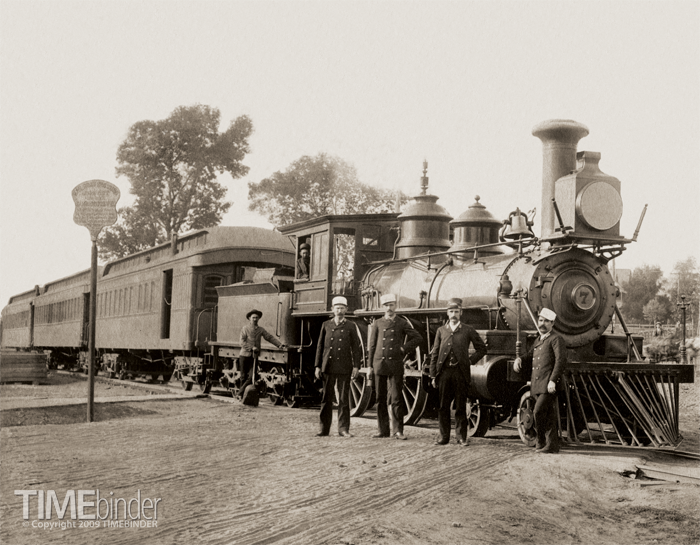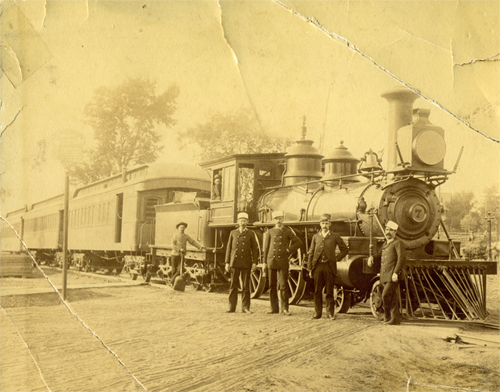It Doesn't Get Much Better ...
 Friday, August 7, 2009 at 10:05AM
Friday, August 7, 2009 at 10:05AM 
This cabinet print by photographer F. Gutekunst of Philadelphia, is a stellar example of studio work for more than one reason: the composition rivals that of the best portrait painters; it is a pleasantly successful mother/son portrait in every way; the painted backdrop with the addition of expertly positioned furniture, carpet and drapery puts it in the best class of that genre; the clothing is of particular fashion interest for the period, and the condition of the print was so good that it took all of five minutes to prepare it for this post. Even the tip of her shoe peeking from her skirt hem adds charm rather than being seen as a flaw.
Focusing on the spectacular but tasteful dress, for the benefit of those who have a historical interest in period fashions (imperative for purposes of dating collected photographs even if you have little interest in its aesthetic value): the skirt, pleated bodice and standing collar are of a loomed stripe pattern while the full length, long-sleeved jacket matches the solid stripe; the dress material is used for the covered buttons and turned back lapels; the jacket may be completely lined with the dress fabric. The effect makes one glad that the image has survived – considering that it may well have been a unique item – and wishful that the garment had also survived for historical study. I would give something to know the colors! The dress makes such a lovely statement that the wearer forgoes any jewelry whatsoever. I have never seen anything quite like it in the costume literature but I am positing 1890s either just before or after the rage for the mutton leg sleeves. I feel fortunate to have it.






